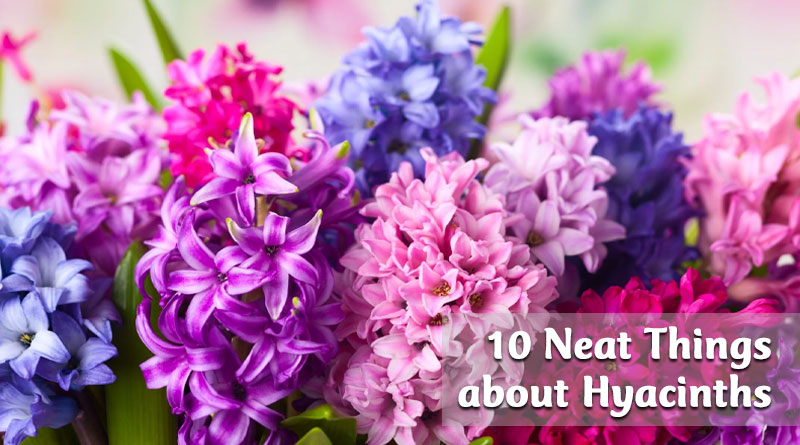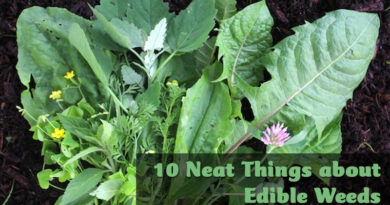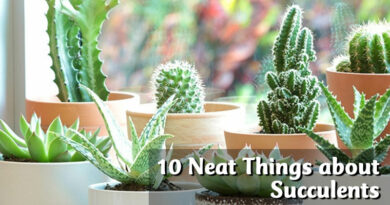About Hyacinths

1. Fake.
Hyacinths were voted the flower most likely to be mistaken for fake, by me, this morning. With their perfect waxy-looking flowers (Wikipedia calls them succulent) they seem synthetic. Their scent is too ideal. Compared to a rose… even a perfect rose, you can see the life in its petals, and there are slight variations from one rose to the next. The scent of roses can remind me of raspberries or bananas or tea. But hyacinths just smell overpoweringly like flowers. It’s as though they were created by Pixar.
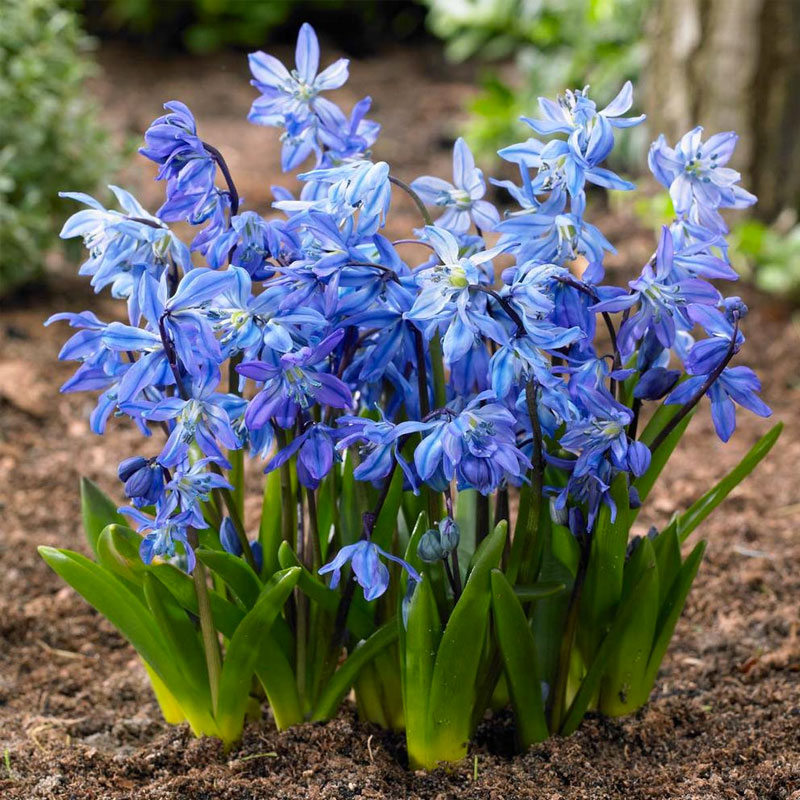
2. Misnamed.
The name comes from a Greek myth of a youth named Hyakinthos, who was accidentally killed by a discus thrown by the god Zephyr. A flower grew where his blood was spilled. But the flower referenced in the myth was probably Scilla bifolia.

3. Grape hyacinth.
Another misnomer. The common name grape hyacinth refers to Muscari, which isn’t a hyacinth at all. Muscari do form as racemes, with their ball-shaped flowers arranged like hyacinths. They are a good deal hardier, though, and have escaped into the wild and naturalized in some places in Canada.
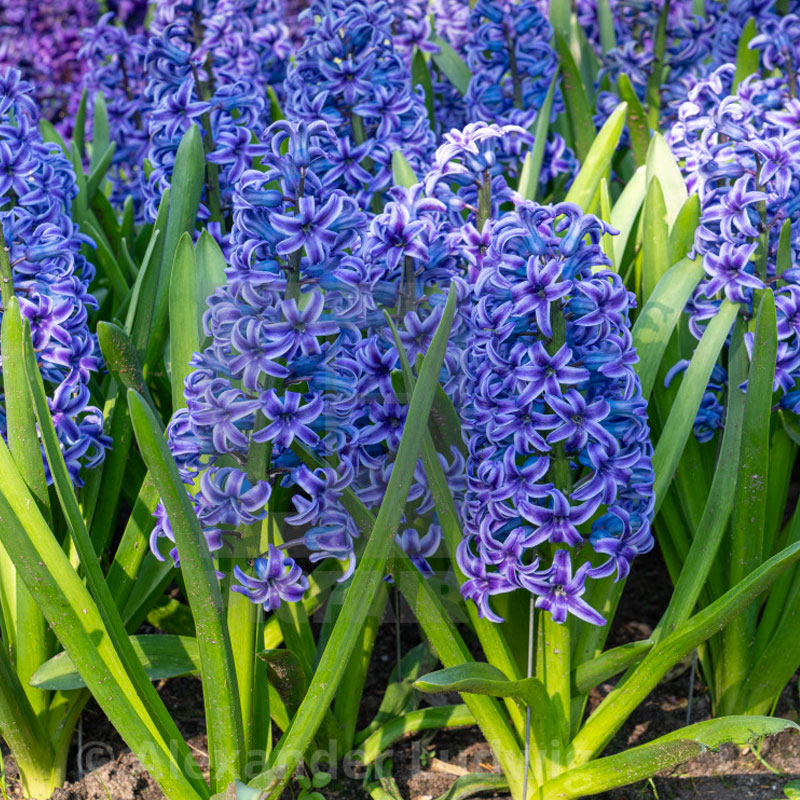
4. Alone.
Hyacinthus orientalis may be a “monotypic genus”; in other words, the only type of Hyacinthus might be orientalus. There are two other possible species, H. litwinovii and H. transcaspicus. They are quite pretty but quite rare.
5. Wild.
The original, uncultivated variety of hyacinth is sparser than the garden variety. It has fewer blooms along the raceme, sometimes as few as two. Modern cultivars have as many as 100 flowers on a spike.
6. Christmas.
In the UK they force hyacinth into bloom for Christmas, much the way we do amaryllis. The tradition goes back to Victorian times but didn’t make it to today’s Canada. Perhaps it’s because you need to keep the bulb in a cold but sunny room while it is starting to grow, which isn’t easy in our centrally heated homes.
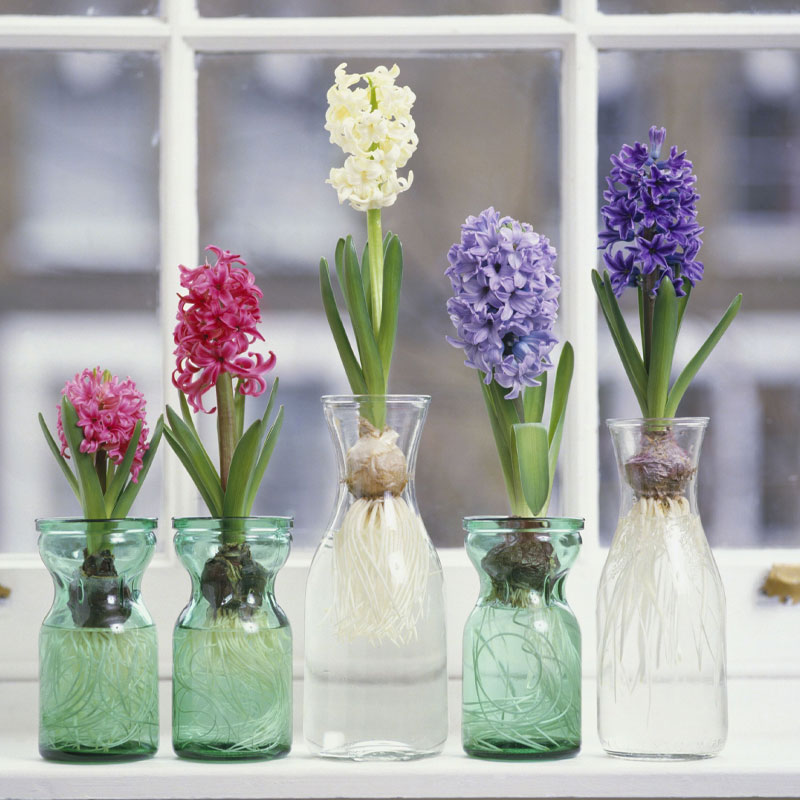
7. Hyacinth glass.
A fun way to force hyacinths is in a glass of water. You can see the roots and the bloom; it kind of has a post-modern aesthetic. There are glasses with a narrower neck, which the bulb sits on, just above the water.
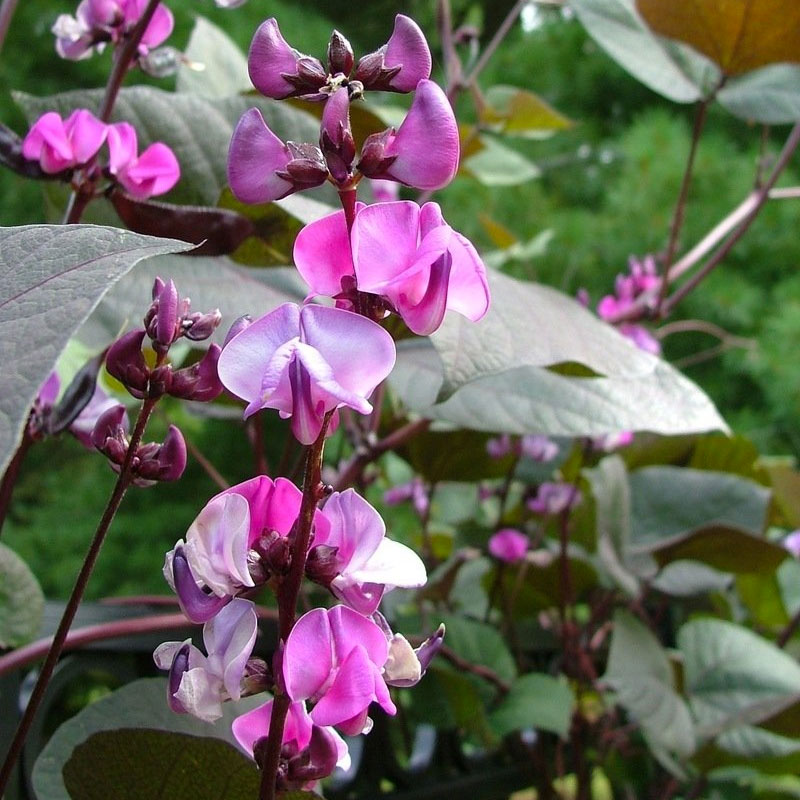
8. Malabar spinach.
Another common name for Malabar spinach is hyacinth bean. Malabar spinach, Lablab purpureus, is the South Asian vine that people sometimes grow in Canada for the greens.
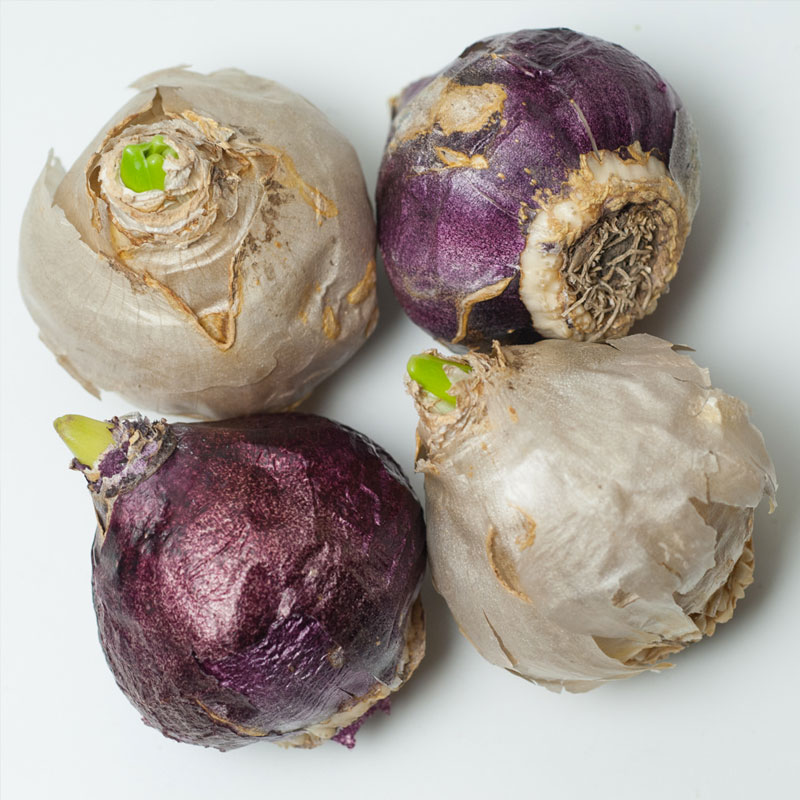
9. Irritating.
The bulbs contain oxalic acid, which causes dermatitis in some people. It’s known in the florist trade as “hyacinth itch”.
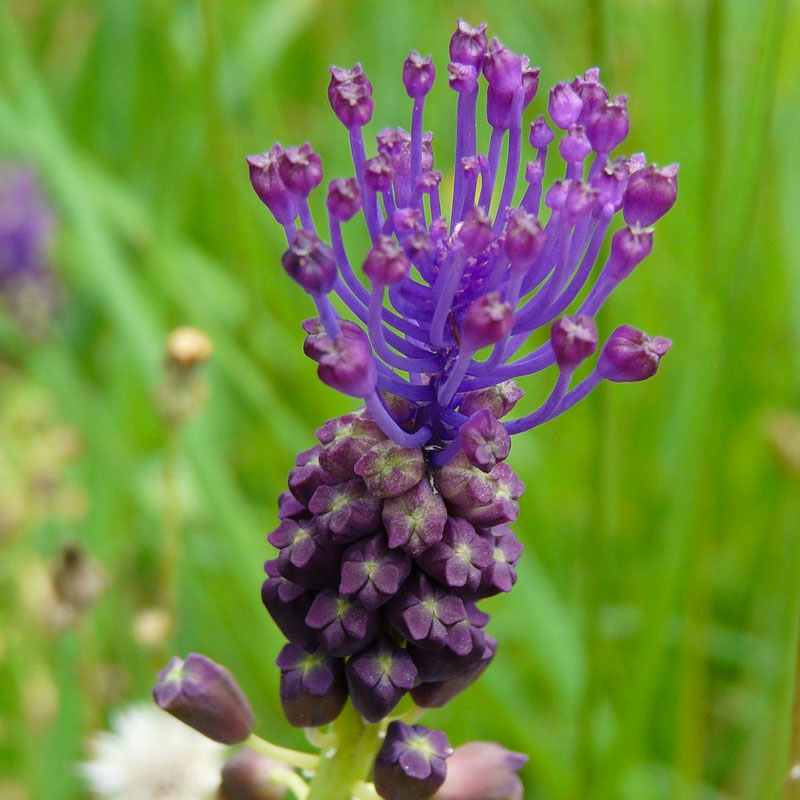
10. Another grape hyacinth.
The Leopoldia comosa is also called grape hyacinth by some people, or tassel hyacinth. It isn’t a hyacinth either. Neither is it full of oxalic acid; in fact, the bulbs are a delicacy in Apulia, Italy and in Greece. You can boil the bulbs, pickle them and store them in oil.
– Shauna Dobbie Copyright©
Pegasus Publications Inc.



